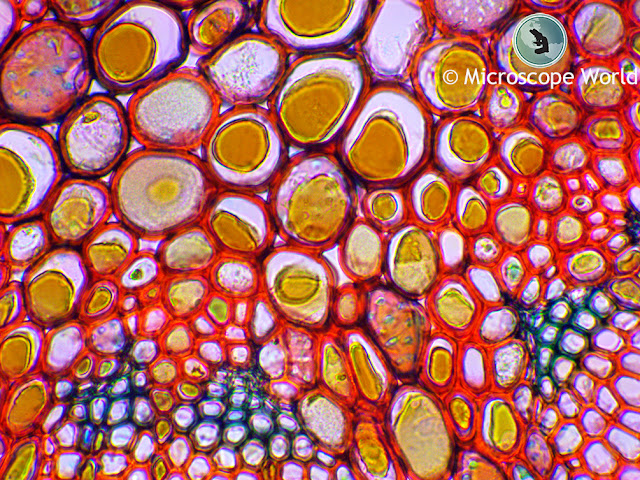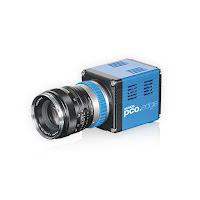The ZEISS Stemi 305 microscopes offer a variety of illumination options on a clean, compact stand. It's easy to add a camera for digital microscopy. View images of samples captured with the ZEISS Stemi 305 microscopes here.
Darkfield Stereo Microscopy
 |
| Snails under Stemi 305 K EDU Darkfield |
The ZEISS Stemi 305 K EDU stereo microscope provides brightfield, darkfield, and oblique illumination.
8x - 40x Zoom Magnification
Adjustable spot illuminator.
Near Vertical Illumination.
Easily switch between brightfield and darkfield.
 |
| ZEISS Stemi 305 K EDU Microscope |
Material Stereo Microscope
The ZEISS Stemi 305 MAT provides ESD protection, 48 LED Ring Light, and 8x - 40x zoom magnification. Near vertical illumination is controlled with the stand.
 |
| ZEISS Stemi 305 MAT Microscope |
Lab Stereo Microscope
The ZEISS Stemi 305 LAB microscope is ideal for working in a laboratory and observing or preparing bio specimens. The mirror-based transmitted light is perfect for viewing transparent specimens. Near vertical illumination, dual spot illuminators, and brightfield / darkfield illumination all provide options for viewing samples in an ideal setting. 8x - 40x Zoom Magnification.
 |
| ZEISS Stemi 305 LAB Microscope |
You can view all of the ZEISS Stemi 305 microscopes here. Have questions about what stereo microscope is best for your needs? Contact Microscope World.








